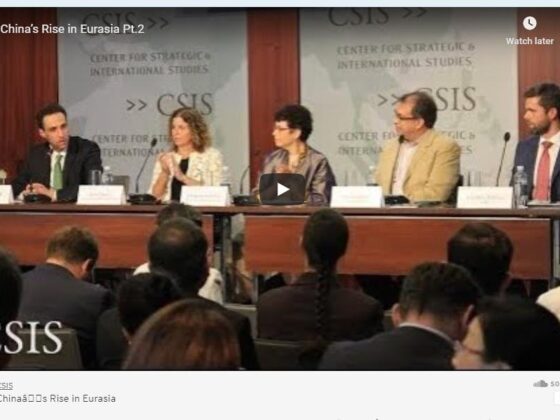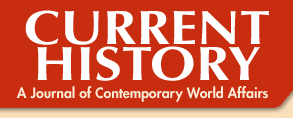(Point & Counterpoint) In the summer of 1996, President Boris Yeltsin, who had just been reelected for a second term, commissioned a group of Russian intellectuals to design a new national idea for the country. It was a virtually impossible task: putting together a set of ideals and values and conceptions of a common past and future that can bring a society together and help set national goals. However, this can only take shape over the course of long-lasting historical developments rather than be produced by a specially designed brainstorming team on a fixed deadline.
And yet, Yeltsin’s line of thinking was clear: the collapse of Soviet ideology left behind a values vacuum. A return to the family of “normal civilized countries”, the consumption values that in the Soviet Union had been condemned as bourgeois, the new opportunities provided by the free economy and private property – in the 1990s all those values and reference points of the new Russia more often than not divided the society. A large part of Russians had suddenly found themselves in unfamiliar socio-economic situation. They were unprepared for the new opportunities, did not know how to take advantage of them, and would not see them as beneficial.
Russia appeared to be in need of a grand idea that would be able to compete with the Soviet project, an idea that would bring the nation together and explain to its members what constituted their shared identity. […]












